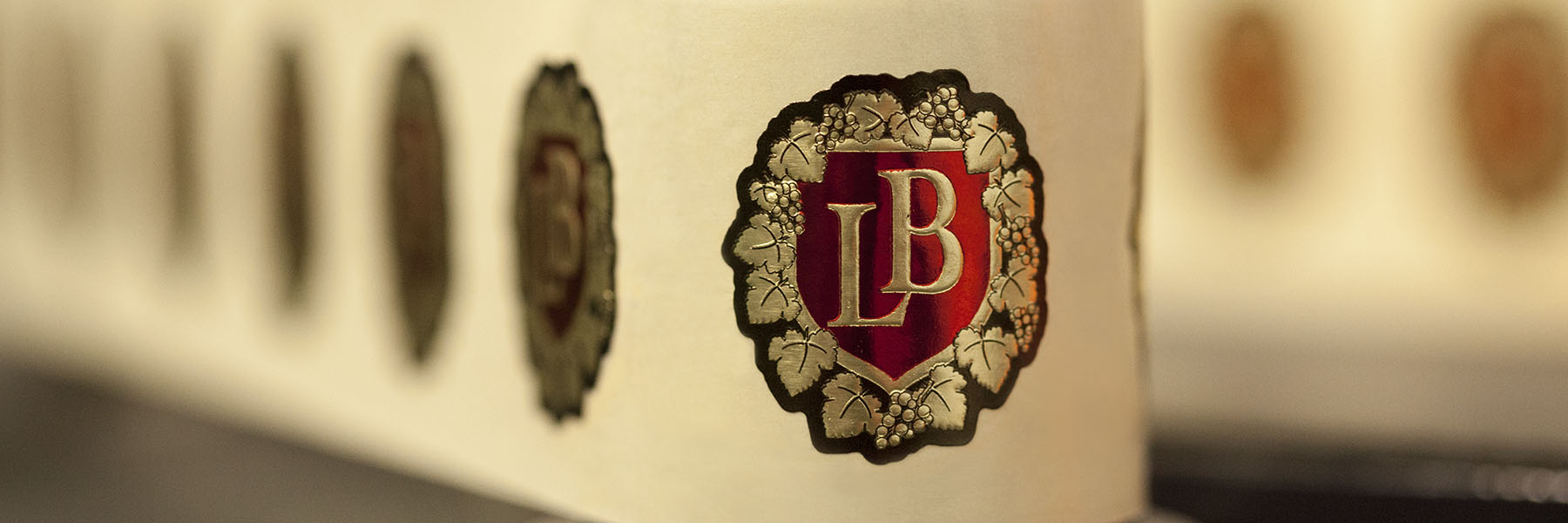
The Maison


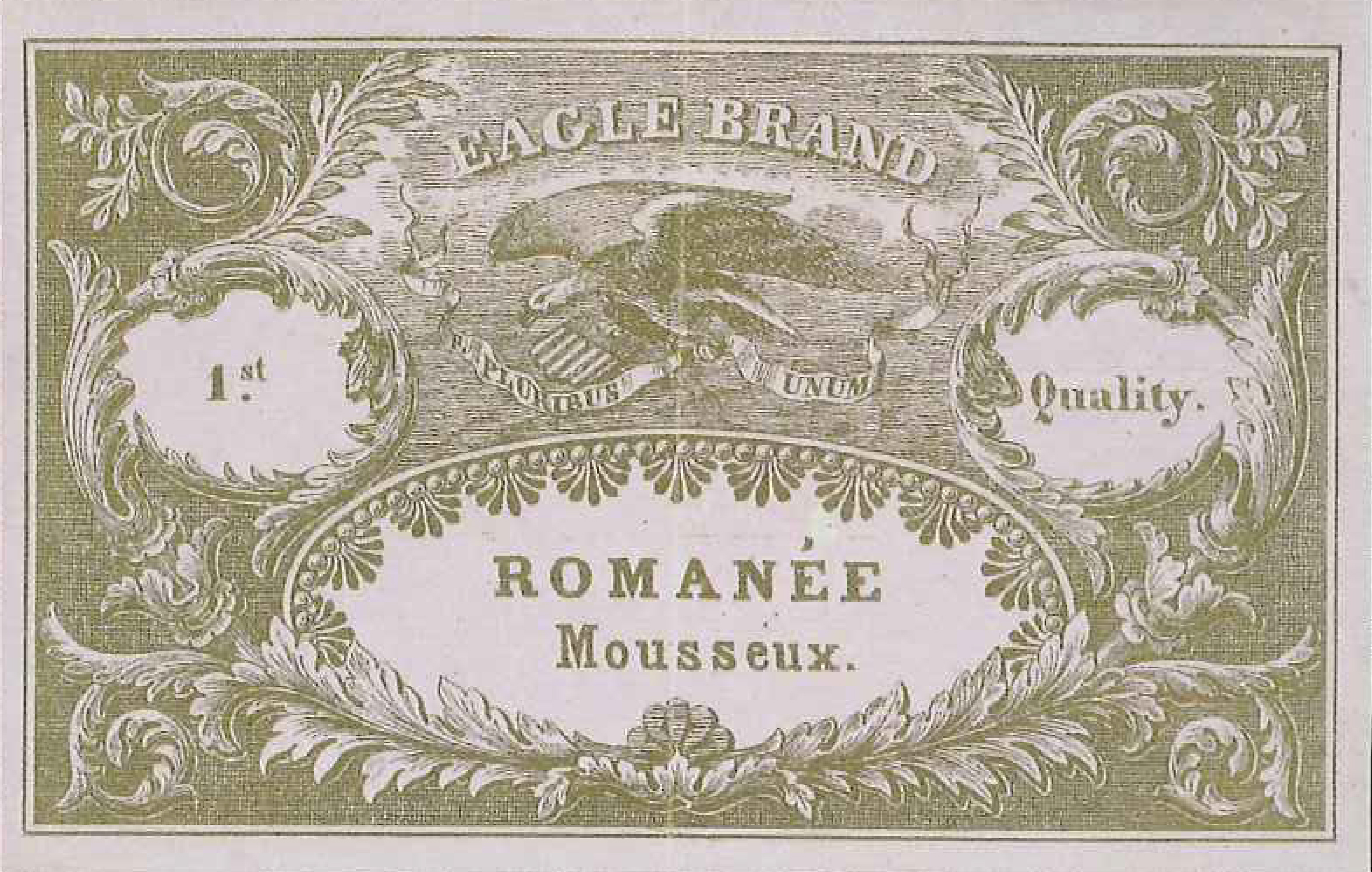
1832
The first Burgundy sparkling wines were made at the dawn of the 19th century. Jean Bouillot, Louis' father, was born in the same year as Manet and Gustave Eiffel, a native of Dijon. The date was 1832. In the middle of the century, the industrial era brought the railway, which was to be a determining factor in the company’s development. Louis was born in 1865, five years before the start of France’s Third Republic, a very free period for entrepreneurship and the wine trade.
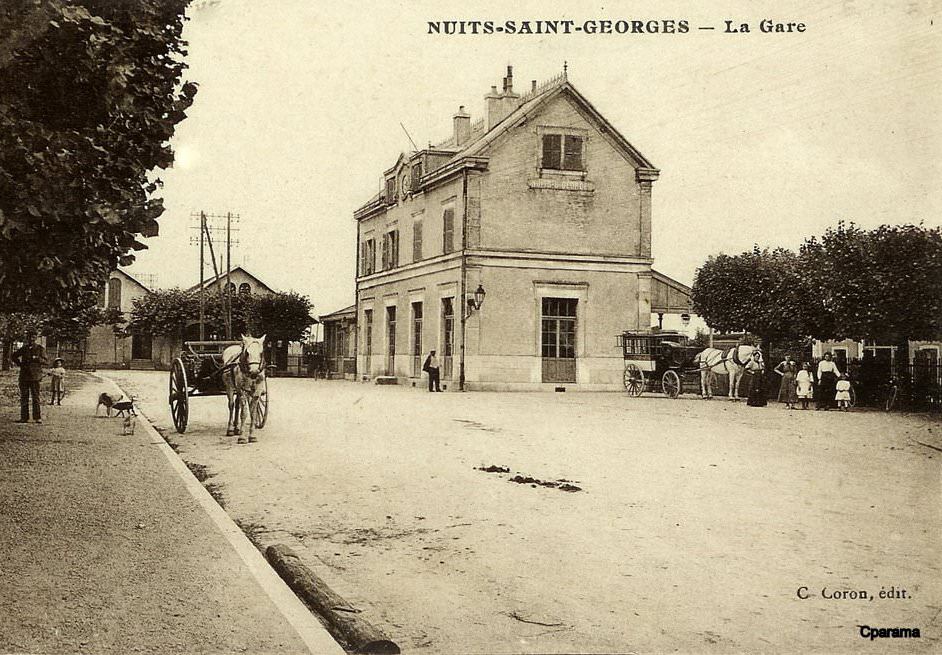
1877
Jean Bouillot set up shop opposite Nuits-Saint-Georges railway station and developed a trade in "sparkling Burgundies, a speciality in fine sparkling wines". The appellation’s ancestor was at that time referred to as vieille méthode champenoise (“the old champagne method”). It was at precisely this date that phylloxera appeared in the Côte d'Or. Establishing a wine merchant business required considerable pugnacity! Historical note: Nuits-Beaune broke away to become Nuits-Saint-Georges in 1890, making it even more visible in the world of Burgundy wines.
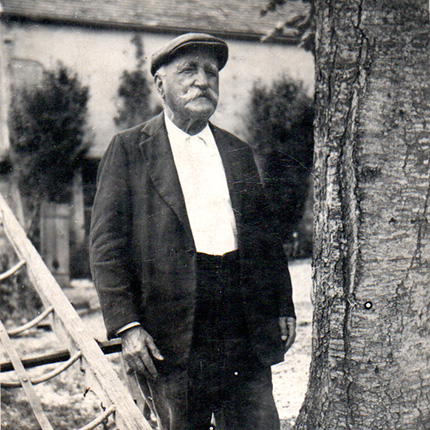
1900-1915
The Belle Epoque: a chap on a bicycle arrived in Paris to deliver his wines. It was Louis! He pedalled all the way from Nuits-Saint-Georges! In 1904 a new specialisation in "sparkling wine production" at the Beaune School of Viticulture marked the recognition of these wines. But then the First World War changed everything. The small family business survived despite the death of Jean in 1915. His son, Adrien, the eldest, and Louis took over the reins. Louis’ business sense complemented his brother's technical knowledge.
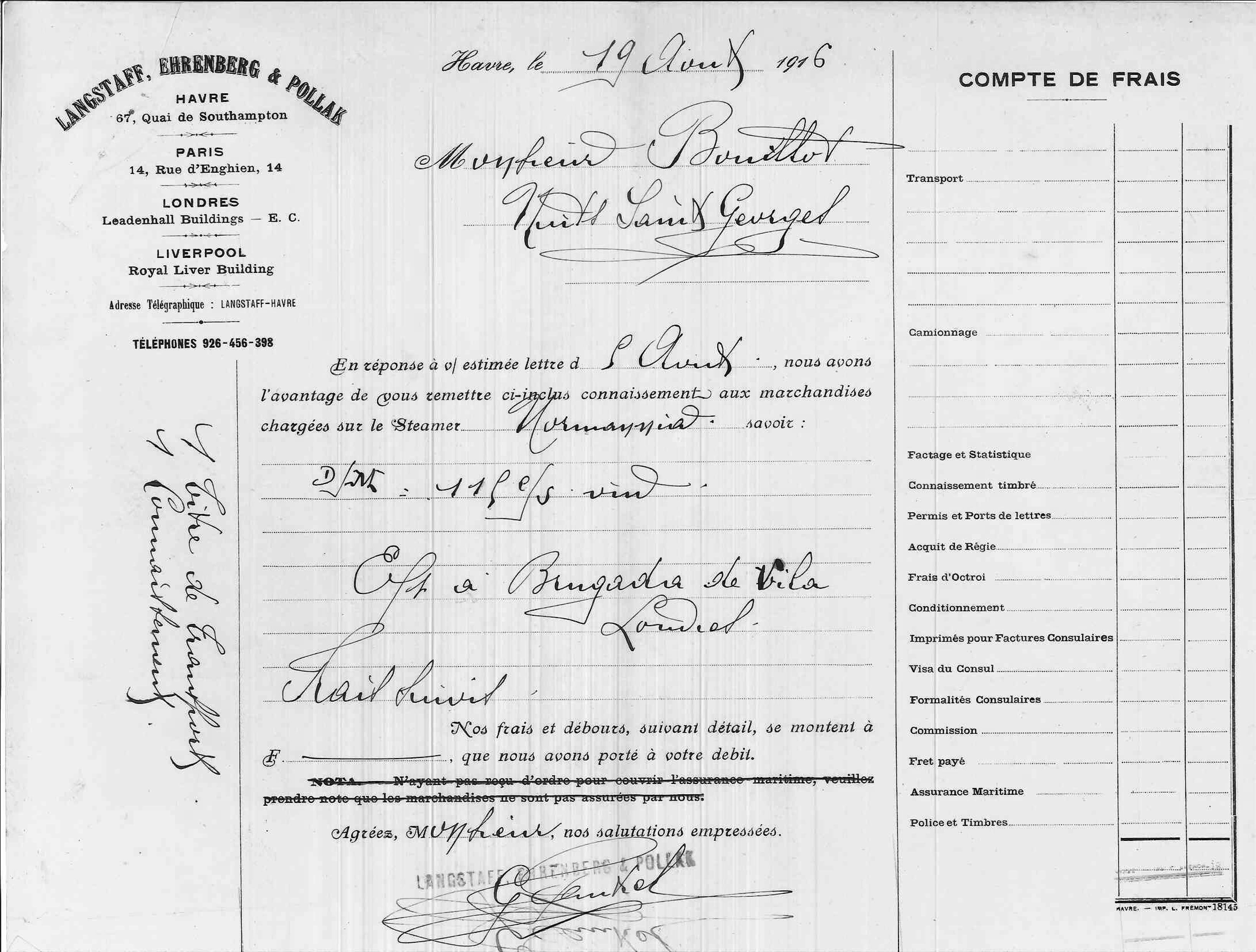
1916-1929
16 August 1916 marked the first sales abroad. 1919 - The Treaty of Versailles marked the end of the War and the introduction of the law on Appellations of Origin, with a view, among other things, to imposing constraints on German sparkling wines. This not only favoured Champagne, but also sparkling wines from Burgundy and elsewhere. Furthermore, a decree made it compulsory to use the term vin mousseux (“sparkling wine”) for any sparkling wine other than Champagne. At the end of the war, the capital served Burgundy’s sparkling wines in a country that was celebrating.
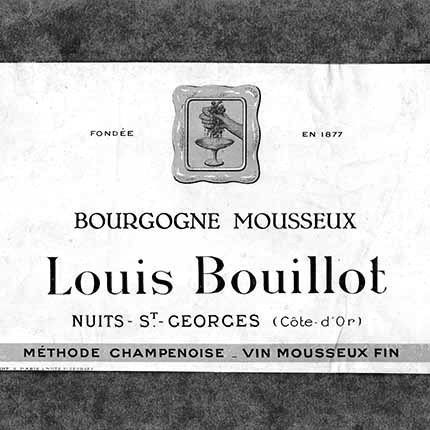
1930-1961
Louis was 65 years-old when his brother Adrien died. 1936 - Creation of the AOCs, the famous appellations d'origine contrôlée. Crémant was not yet included. It was not until 1943 that Bourgogne mousseux (sparkling Burgundy) had to be made from AOC wines. After the war, Louis left a prosperous company to his children, Henri and Anne-Marie.
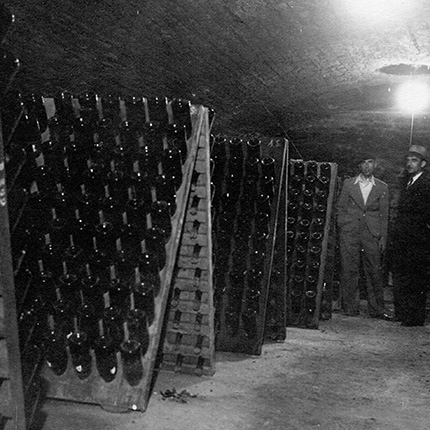
1962-1974
When Louis passed away, his son Henri succeeded him and joined forces with his brother-in-law Joannès. They acquired buildings for ageing wines on slats and a site in Corgoloin in 1962. Customers were received at home. The cooking and laughter of Anne-Marie, Joannès' wife, known as La Ninette were renowned! 1964: The term mousseux was replaced by Bourgogne Méthode Champenoise.
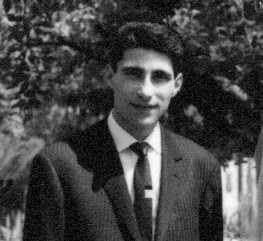
1975-1996
4 July 1975 remains a historic date for the Bouillot family: the “Crémant de Bourgogne” Appellation d'Origine Contrôlée was recognized! This was a great victory for the Burgundy wine industry, whose sparkling wines could now join the ranks of its famous crus. François, Henri'son, just had time to appreciate the news before dying prematurely the following year. After his death, the business declined.
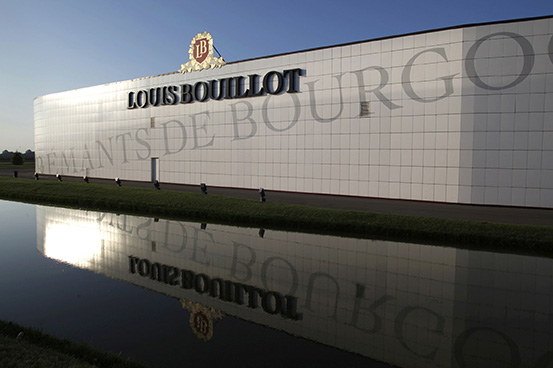
1997-2013
Another family from Nuits-Saint-Georges, the Boissets, brought a new sparkle to Louis Bouillot. By chance, Jean-François, one of Louis' great-grandsons, had been working there for more than ten years! First exports to the US in 2000. 2008 saw the first steps towards a vineyard dedicated to the production of sparkling Burgundy (Crémant de Bourgogne). 2013, construction of a new winery to support the growth of a brand now present on five continents. Constant innovation contributed to an exceptional collection, even by Burgundy standards, that has won recognition and numerous medals.
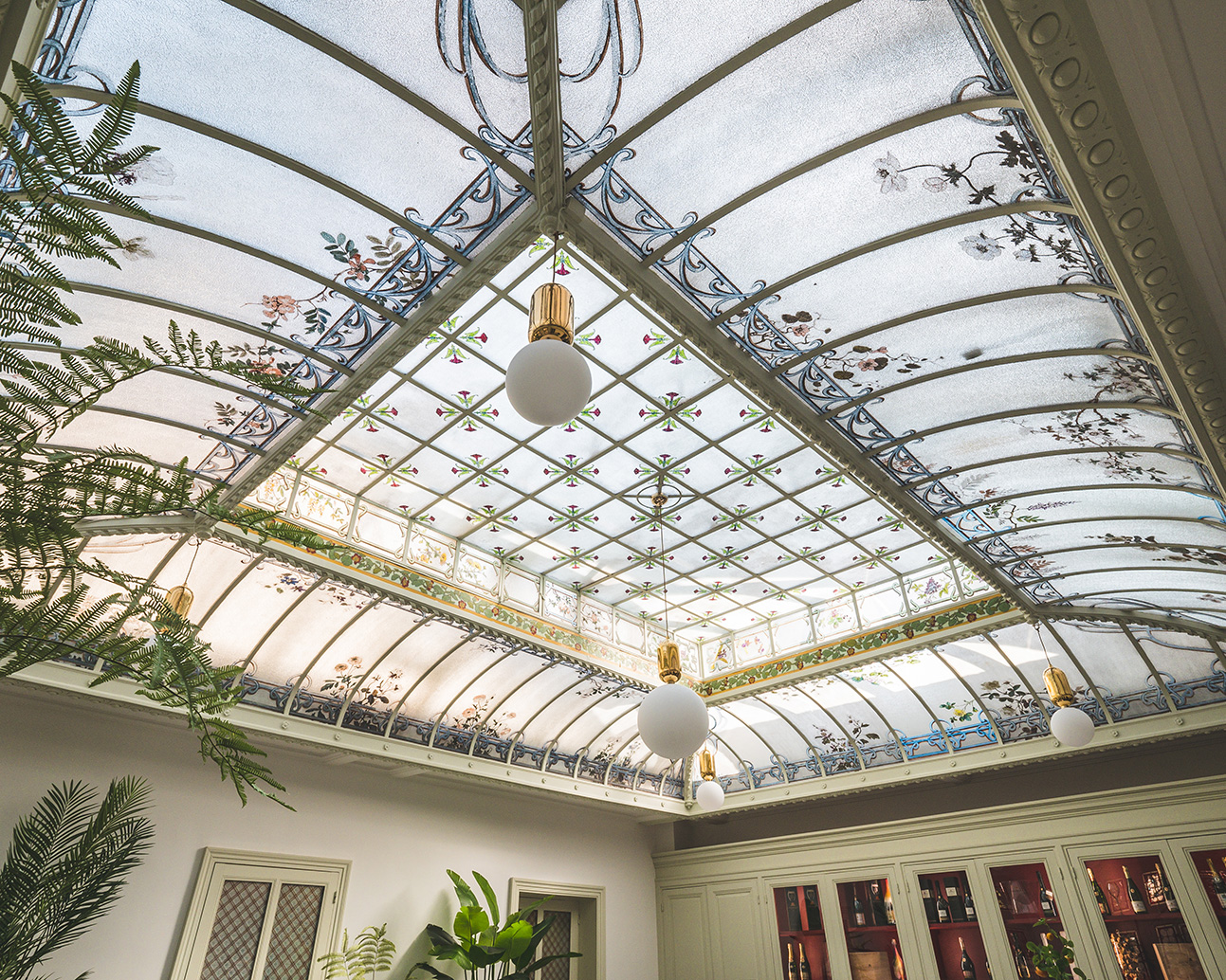
2014-2022
Close partnerships with winegrowers have been established and, at the same time, the planting of vines has accelerated, notably the classic En Bollery plot in the Côte de Nuits opposite Clos Vougeot; and the proportion of organic vines has continued to grow. The brand’s international distribution is being consolidated. Sweden is becoming a leading market and the brand’s reputation has also grown on social media. On the innovative side, a half bottle and two sulphur-free wines have been introduced. 2021 saw the opening of La Verrière in Nuits-Saint-Georges, a glass-roofed Art Nouveau showcase where the public can taste and buy wines. 2022: the vineyard now covers 170 hectares with various plots from the north to the south of Burgundy.
